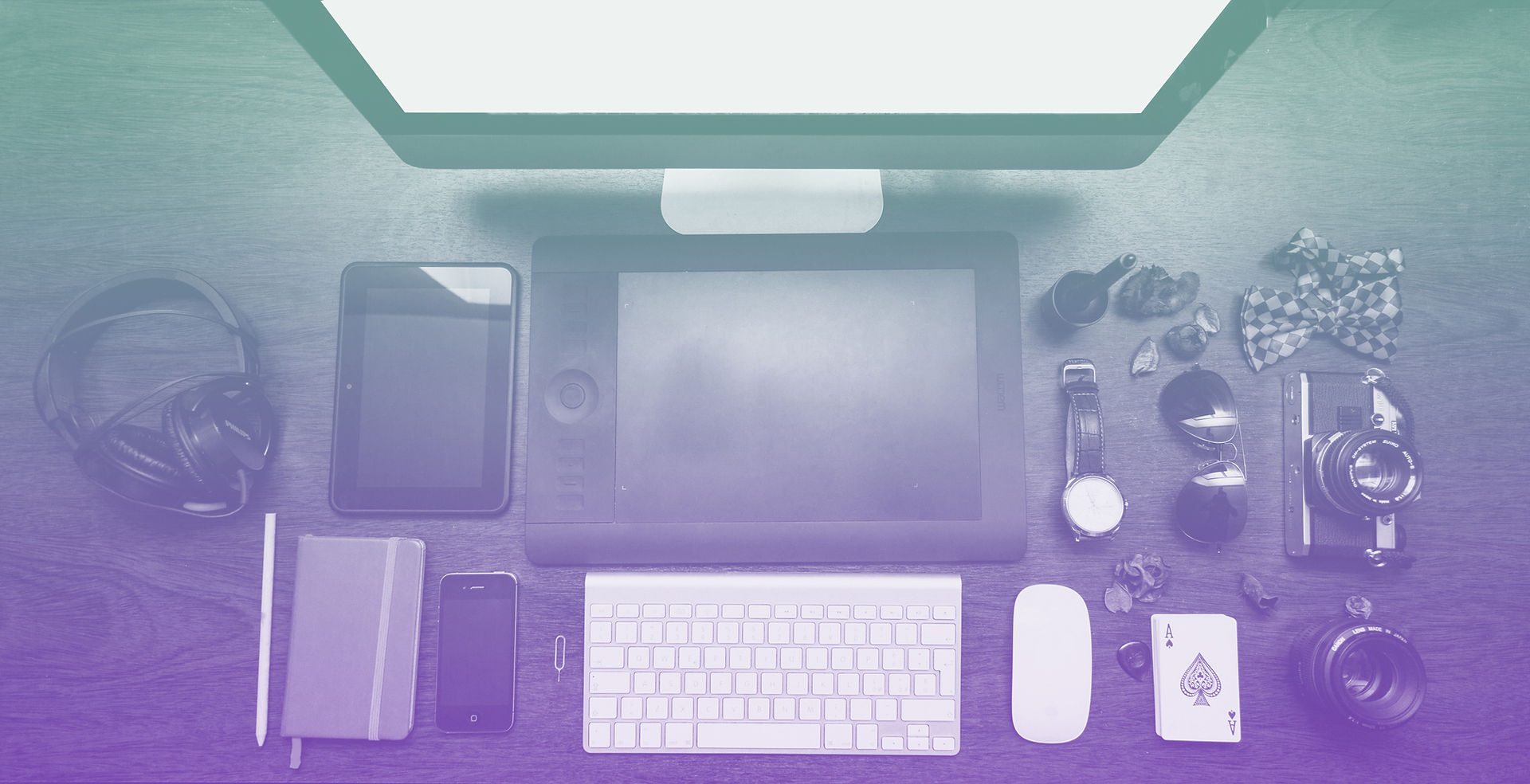A superior customer experience is essential for success in the highly competitive restaurant industry. The handling of waitlists is one area that frequently presents difficulties for both patrons and restaurant workers. Customer annoyance and lower revenue might result from lengthy wait times and ineffective procedures. However, restaurants may revolutionise their waiting management and provide a seamless and pleasurable experience by utilising mobile apps. In this article, we'll examine the advantages of utilising mobile apps to increase waiting management in restaurants, as well as how they improve productivity, client satisfaction, and overall operational effectiveness.
Streamlined Waitlist and Reservation Process: Customers may easily sign up for the waitlist or make reservations through mobile apps without the need for phone calls or in-person visits. Customers may quickly examine availability, choose their chosen time, and add themselves to the waitlist just using a few taps on their iPhones. By decreasing phone call hold times and lightening the workload for workers, this simplifies the entire process. The software may also automatically notify users of their wait time and available tables, keeping them informed and interested.
Real-time updates and notifications are made possible via mobile apps, keeping both consumers and restaurant personnel up to date on the waitlist's progress. Customers can opt to receive notifications on their smartphones when a table is ready, when a table becomes available, or both. Customers are less forced to wait in the restaurant physically as a result, allowing them to partake in neighbouring activities instead. Real-time information help restaurant personnel with improved planning, table turnover, and seating arrangements.
Analytics and Insights for Waitlist Management: Mobile apps offer useful information and analysis for waitlist management. Restaurants can learn more about busy times, typical wait times, popular timeslots, and patron preferences by analysing the data gathered through the app. This data aids in optimising staffing levels, modifying reservation availability, and raising operational effectiveness as a whole. Restaurants may maximise seating capacity and improve the customer experience by using data-driven insights.
Personalization of the Guest Experience: Using mobile apps, restaurants may tailor the experience for each visitor depending on their preferences and previous visits. Restaurants may keep track of eating preferences, dietary restrictions, and special occasions by integrating client profiles within the app. This enables them to customise the eating experience and offer unique suggestions or options. Personalization not only raises customer satisfaction levels but also stimulates repeat business and consumer loyalty.
Online waitlist and table management: Restaurant personnel has access to a variety of tools through mobile apps to manage the waitlist and tables. Staff members can monitor real-time data on table status, wait times, and guest preferences from a single dashboard. This makes it possible to assign tables quickly, determine wait times with precision, and arrange chairs for maximum comfort. Tables can be simply marked as clean or occupied by staff, eliminating confusion and guaranteeing efficient operations. Restaurants may increase productivity, cut down on mistakes, and give customers a seamless eating experience by using a streamlined and organised approach to table management.
Integration with Loyalty Programmes and Promotions: Mobile applications can be integrated with loyalty programmes, allowing users to accrue points, exchange prizes, and access tailored promotions through the app. Restaurants can encourage customers to join the waitlist, book appointments, and visit the restaurant more frequently by integrating reward programmes within the waitlist management software. This increases revenue by enhancing customer loyalty and driving consumer engagement.
Customer evaluations and feedback are best left on mobile applications, which give restaurants the opportunity to collect insightful information and swiftly address any issues. Restaurants may continuously enhance their operations, service standards, and overall guest experience by encouraging consumers to offer feedback through the app. Monitoring customer feedback enables restaurants to continually provide great service by highlighting areas that need development and highlighting successful practises.

コメント